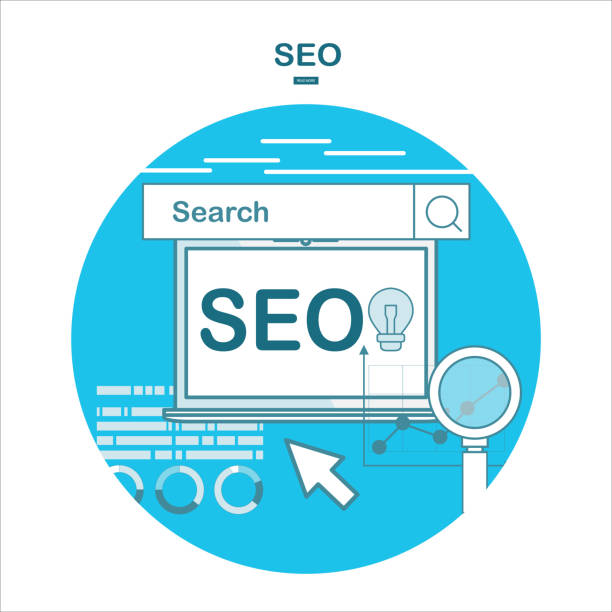
What is On-Page SEO?
On-page or on-site search engine optimization is the process that optimizes various components of your site, both front-end and back-end, to improve its ranking in search engines and bring in more traffic. Content elements, site structure elements, and HTML components are all part of the on-page SEO.
Google’s algorithm will rank your website based on three factors: technical SEO, on-page optimization, and off-page optimization.
On-page SEO is the element that allows search engines to crawl a page and index it.
Off-page SEO refers to social sharing, external links, and more.
Technical SEO is all about the elements of SEO that are not covered by on-page or off-page SEO practices. This includes structured data, mobile readiness, site speed, and other technical SEO.
Note: This SEO “trilogy,” which is divided into three sections, may not always be neatly divided; some SEO elements may overlap. This article will explain how and why.
Why is On-Page SEO Important?
On-page optimization is crucial because it informs Google about your website, its visitors and customers, and the value you offer. This helps optimize your website for both search engine bots and human eyes.
It’s not enough to create and publish your website. It would be best if you optimized it for Google and another search engine in order to rank well and attract new visitors.
The term “on-page SEO” is used because visitors can see the changes and tweaks you make on your site.
You are responsible for every aspect of on-page optimization. It is, therefore, important that you get it right. Let’s now discuss the components of on-page search engine optimization.
Content Elements
This section will focus on the importance of keyword research and how to incorporate keywords into your content. We will also discuss the importance of including images in your content.
Keyword Research
Selecting relevant keywords and topics is the first step in creating quality content. You can do keyword research on Google by looking up terms that are relevant to your competitors’ websites and see what comes up. Use tools such as Ahrefs QuestionthePublic and UltraSuggest.
You can also read our Beginner’s Guide to Keyword Research for SEO.
Consider how the content of your page fits into the buyer journey and visitor search intent when doing keyword research. It will affect how you use keywords and the type of content that you create.
You can also find out more about the Decision Making Contact page, Product demos or comparison tools, pricing or product pages, and contact page.
It’s now time to write the page content or to clean it up if you are currently auditing on-page SEO.
Visual Content
Visual content, such as images, charts, and graphics, plays an important role in SEO on-page for many reasons.
Images can improve the visual appeal of web pages and increase engagement. They make the content easier to scan and digest. Plus, optimizing your images with alt tags can drive traffic through image search results.
HTML Elements
HTML elements are the elements that you have in your source code.
Click View > Developer > Source Code in the top menu to see the source code of any web page.
Page Titles
The title tag (also called the page title) is one of the most essential SEO elements.
Titles inform both search engines and visitors what can be found on the pages corresponding to them.
Include the keyword in the title of each page to ensure that your pages are ranked for the right intent. Include your keyword as naturally and as seamlessly as possible.
Search engines can use these tags to determine which parts of your content are most relevant and important based on the search intent.
Meta descriptions
Meta Descriptions is the short description of the page that appears under the title when searching. It’s important to include meta descriptions in your on-page SEO, even though they are not an official ranking factor.
When your content is shared on social media, you can copy the meta descriptions (using structured markup, as we discuss below) to encourage clicks.
Image Alt-text
Image Alt-text works like SEO. It lets Google and other search engines know what your images are all about. This is important because Google delivers almost as much image-based content as text-based content.
This means that consumers could discover your website through your images. Alt-text must be added to images for this to happen.
Structured Markup
Structured markup or structured information is a process that “marks up” the source code of your website to make it easier to understand by Google.
Note: structured data is considered technical search engine optimization, but I include it here as optimizing it provides a better experience on the page for visitors.
Site Architecture Elements
Site architecture elements are the components that make up a website or site page. Google and other search engine crawlers can easily access your pages and content if you have a well-structured website.
Page URLs
Search engines and readers alike should find it easy to understand your page URLs. These are important for maintaining your site hierarchy as you create blog posts, subpages, and other internal pages.
In the URL above, for example, “blog” is a sub-domain, and “hubspot.com is the domain. “sales” is a directory of the HubSpot Sales Blog. “startups,” on the other hand, indicates the path to the blog post.





